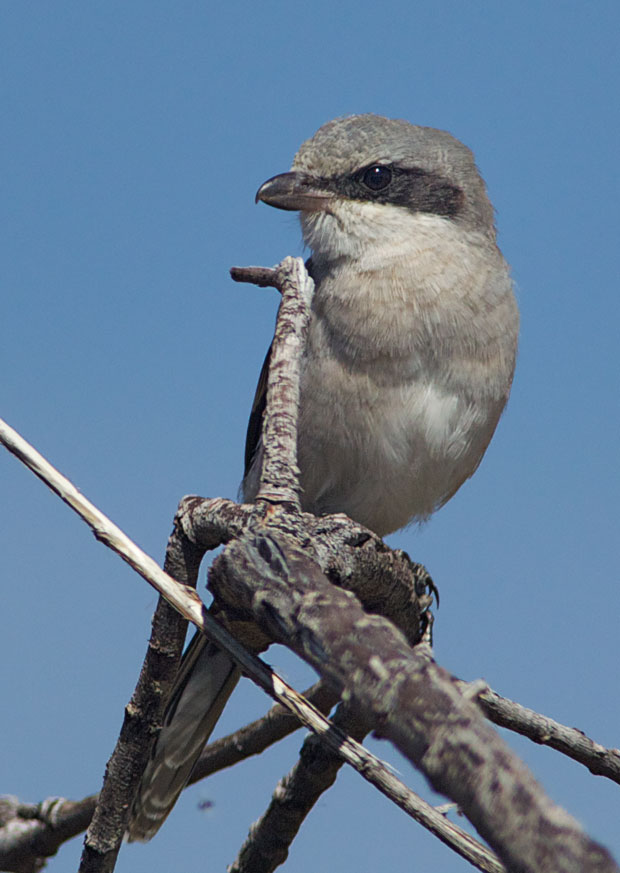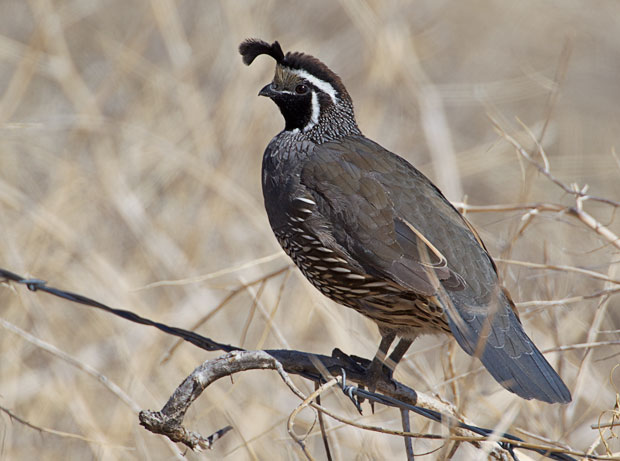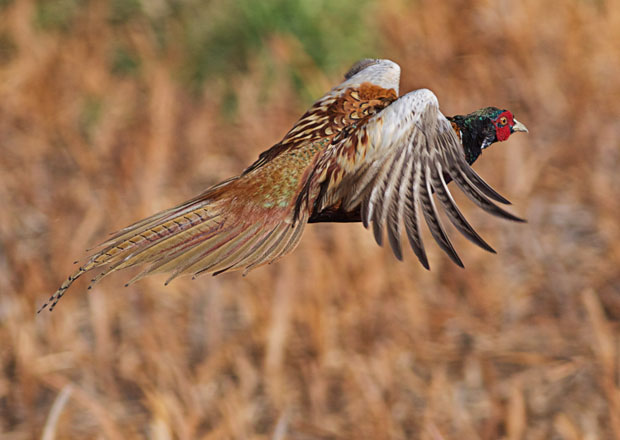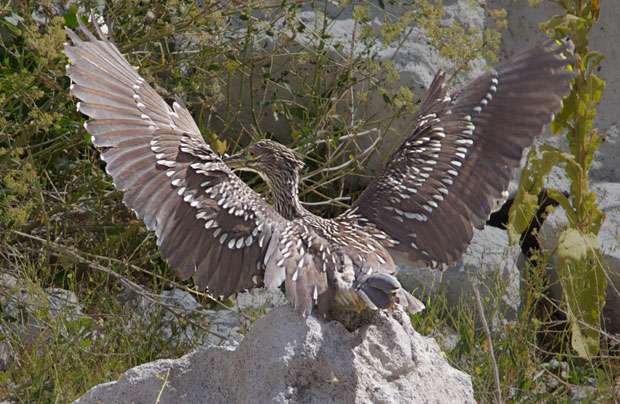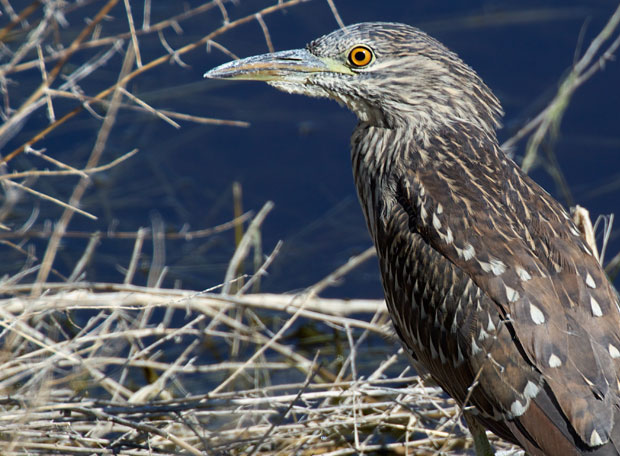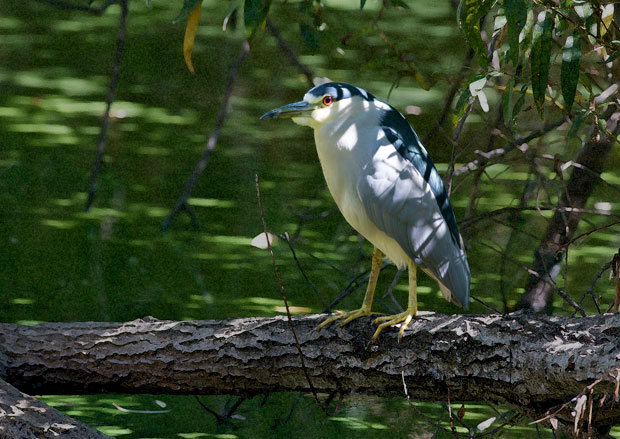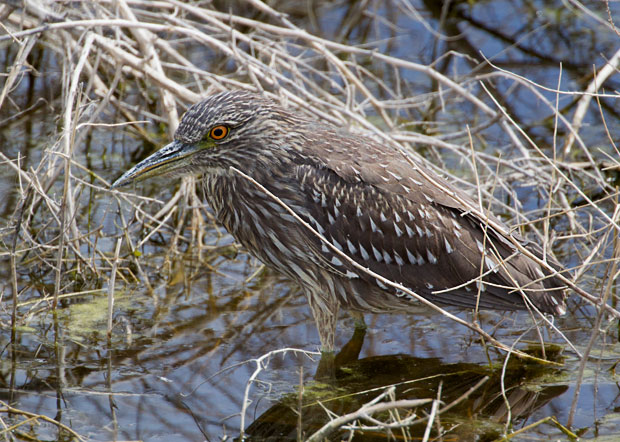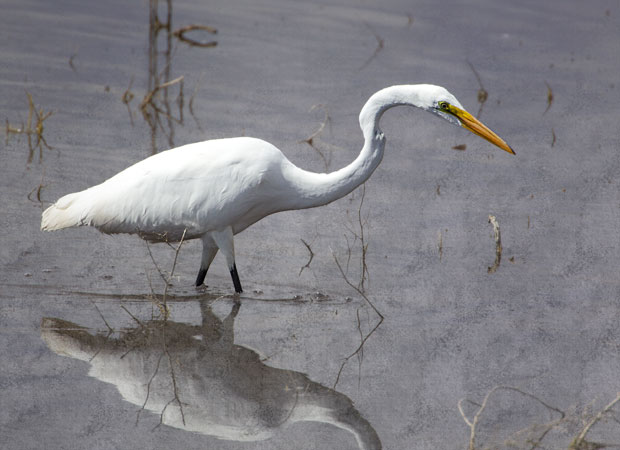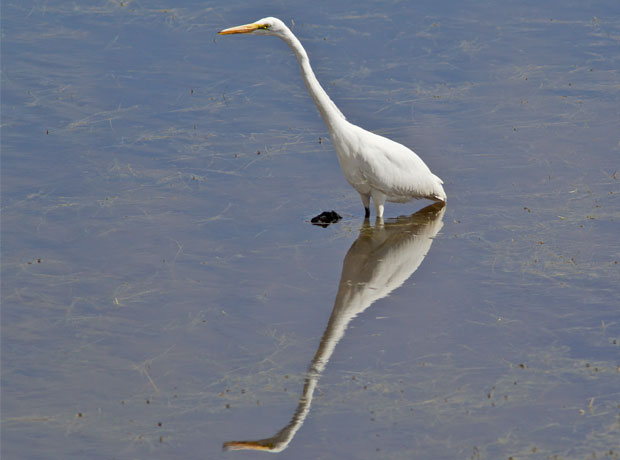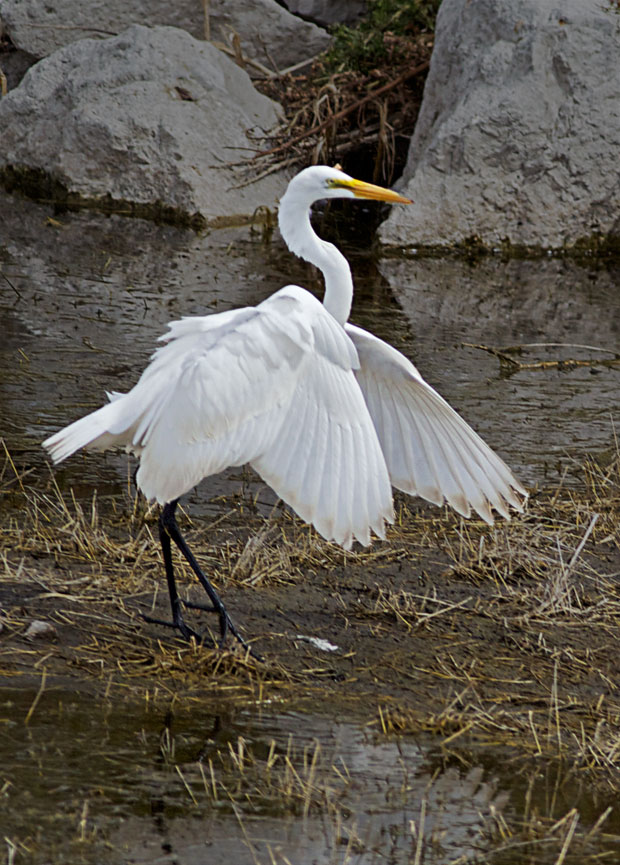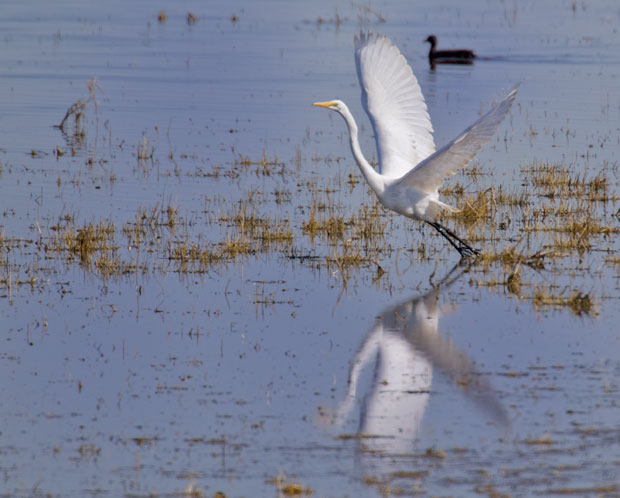I’ve been reading David Wagoner for an awful long time, ever since I was in his class my freshman year in college. Though I haven’t purchased all 18 of his books of poetry, I’ve certainly purchased most of them. I don’t think I’ve ever been disappointed in any of the purchases, but the more I’ve read, the less I’ve been surprised by what I’ve read, something I definitely look for in poetry.
Though he’s originally from Indiana, I consider him the premier Northwest Poetry, particularly when it comes to nature poetry. Naturally I had to buy A Map of the Night,
his latest, on my last visit to the UW Bookstore. My favorite poems, once again, are those describing places I’m familiar with, place like
THE HEART OF THE FOREST
You pretend to look for wildflowers, but what you’re doing
is trying to find traces of where your feet
lost their sense of direction in the woods.
You can name the trees and what’s staying alive
under them, but you’re afraid this may be a time
when you find the ghost-pale, skinned corpses of beavers
or the green antlers still on the skulls of elk,
or the leaflike, feather-light wings of owls suspended
upside down on spikes among living branches,
so you rehearse remembering the place
where one of your clumsy feet once found itself
secure, where it lifted you and moved you,
where you breathed again and saw, in the near-darkness
of the forest floor, a fir tree fallen and broken
into nurse logs, out of whose rotten, moss-covered sides,
among small spillways of lilies of the valley,
dozens of other selves were growing, rooted
all the way through into another forest
where nothing comes to an end, where nothing is lost,
and lying down with one ear to the ground,
you listened to its heart and yours still beating.
I doubt I would have appreciated this poem as much ten or twenty years ago as I do now, though I’ve been awed by nurse logs since the very first time I’ve seen them, and certainly since I first discovered them in the Olympic Rainforest. It’s hard to imagine anything more alive than a Rainforest, or a better symbol of future generations building on the foundations of previous generations than a nurse log.
At this stage in my life, knowing life doesn’t last forever, and not too worried about that, I can only hope that “nothing comes to an end, where nothing is lost” and that I have somehow managed to help build a better world for my children, grandchildren, and future generations.
Of couse, since my favorite charities in the last 40 years have been The Nature Conservancy, The Sierra Club, Greenpeace, etc., it should be obvious that I believe the future of the human race depends on the future of Nature.
Like Wagoner (not to mention Emerson, Thoreau, Whitman,and Roethke) Nature is “where one of your clumsy feet once found itself/ secure, where it lifted you and moved you.”

